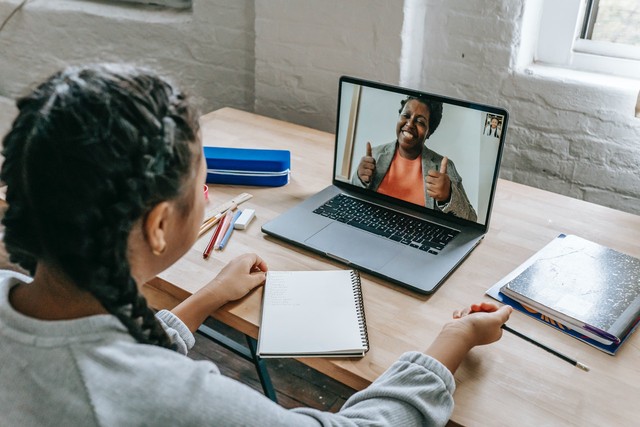Aladingsc Insights
Your go-to source for trending news and informative guides.
Zoom Fatigue: The Hidden Cost of Online Learning
Discover the surprising toll of online learning as we explore Zoom fatigue and its hidden impact on students' well-being and success!
Understanding Zoom Fatigue: Symptoms and Solutions
Zoom fatigue is a phenomenon that has emerged prominently in our increasingly digital work environments. Many individuals have reported symptoms such as headaches, eye strain, and a persistent feeling of exhaustion after prolonged virtual meetings. Unlike traditional in-person gatherings, video calls require heightened levels of focus, making it more mentally taxing. This is partly due to the challenges of interpreting non-verbal cues through a screen and the constant self-awareness created by one’s own image. As a result, people find themselves grappling with not just physical symptoms, but also emotional stress, which can lead to decreased productivity and motivation.
To combat Zoom fatigue, several effective strategies can be implemented. First, consider scheduling regular breaks to give your mind a chance to recharge; the 50/10 rule — working for 50 minutes followed by a 10-minute break — can be particularly beneficial. Secondly, limit the number of back-to-back video calls on your calendar to avoid overwhelming fatigue. Finally, alternate between video calls and audio-only conversations whenever possible, as this can help reduce cognitive overload. By recognizing the symptoms of Zoom fatigue and taking proactive measures to address it, individuals can create a more balanced and productive virtual work experience.

The Psychological Impact of Online Learning: Is Zoom Fatigue Real?
The rapid shift to online learning due to the pandemic has sparked a debate about its psychological implications, particularly the phenomenon known as Zoom fatigue. This term describes the exhaustion that many learners experience after prolonged video conferencing sessions. Unlike traditional classroom settings, online learning environments often require intense focus on multiple screens, leading to cognitive overload. Factors such as the increased need for self-discipline, the absence of physical cues, and the overexposure to screens can contribute to this fatigue, making it essential to understand its impact on students' mental health.
Research indicates that Zoom fatigue is not merely a subjective experience—many learners report feelings of anxiety and isolation related to online education. Acknowledging this, educators and institutions are urged to implement strategies that foster a more engaging digital environment. This could include incorporating interactive elements like breakout rooms, minimizing unnecessary video calls, and encouraging regular breaks to allow students to recuperate. By addressing the psychological aspects of online learning, we can create a more sustainable learning experience that prioritizes both educational effectiveness and mental well-being.
10 Tips to Combat Zoom Fatigue During Virtual Classes
As virtual classes become more prevalent, many participants are experiencing Zoom fatigue, characterized by a sense of exhaustion and stress. Here are 10 tips to combat this fatigue. First, consider breaking up long sessions into shorter segments. Aim for classes that are no longer than 30 to 45 minutes, followed by a brief break. This will help maintain focus and reduce prolonged exposure to the screen. Additionally, integrate more interactive elements, such as breakout rooms or polls, to keep engagement high.
Another effective strategy is to limit multitasking during virtual classes. It can be tempting to check emails or social media while attending, but this can detract from your overall learning experience. Instead, create a dedicated learning environment free from distractions. Furthermore, remember to practice self-care by staying hydrated and taking regular stretch breaks. Incorporating these practices allows for a more enriching online learning experience, ultimately lessening the impact of Zoom fatigue.